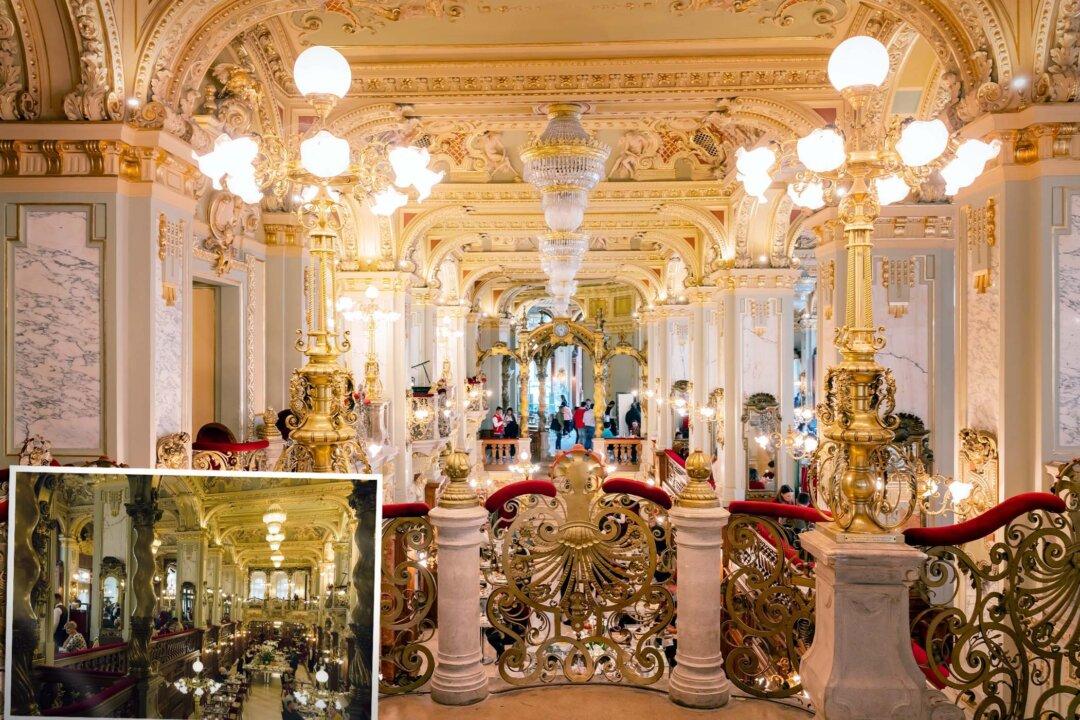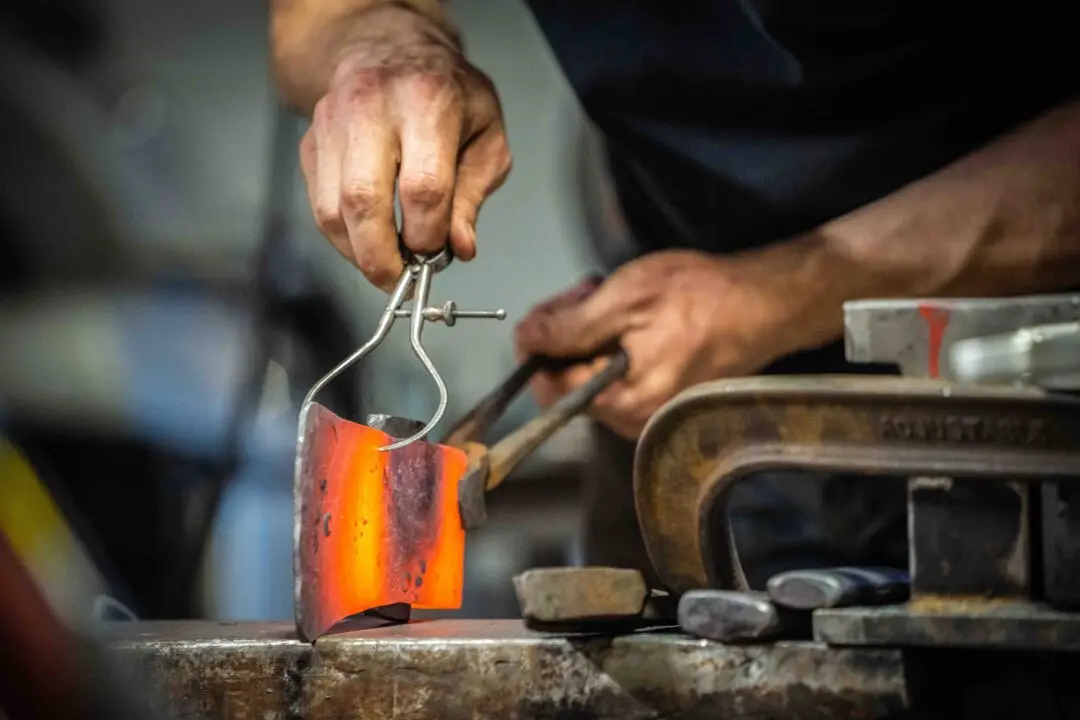The coffee shop crowned the most beautiful café in the world is a breathtaking feat of eclectic architecture. But the stunningly ornate coffee house isn’t just aesthetically pleasing. An iconic Hungarian landmark in Budapest, almost 130 years of rich and colorful history live within its splendid walls.
The café was born in 1894, as part of a highly ambitious building project. The New York Palace building was created in the center of the city to house the Hungarian branch of the New York Insurance Company. Designed in grandiose Italian Renaissance style, it features a dazzling array of ornamentation that serves to transport customers to a world of opulence.






